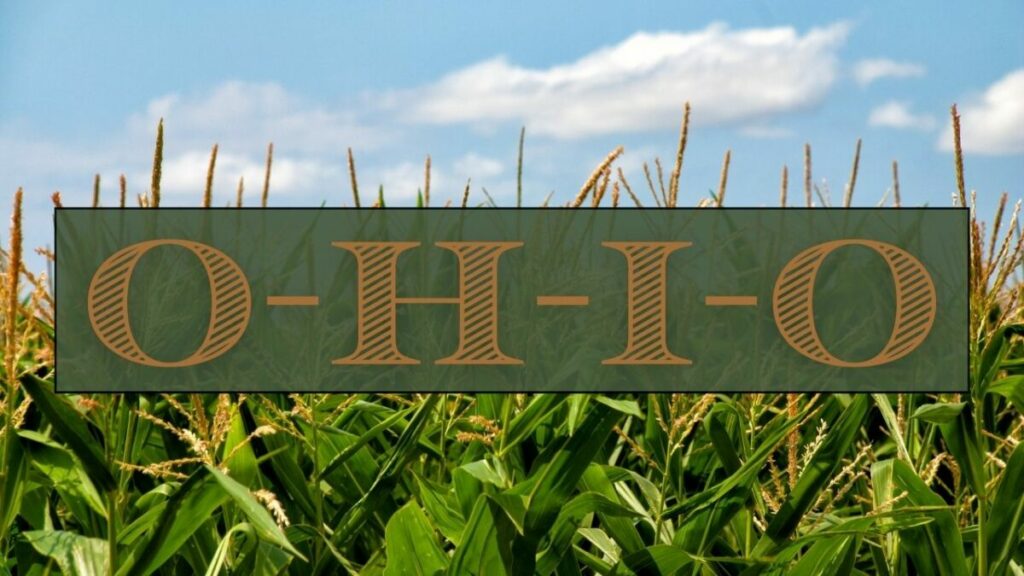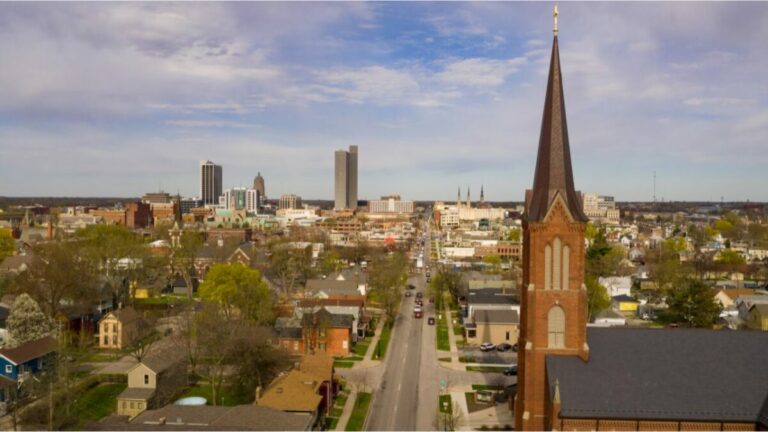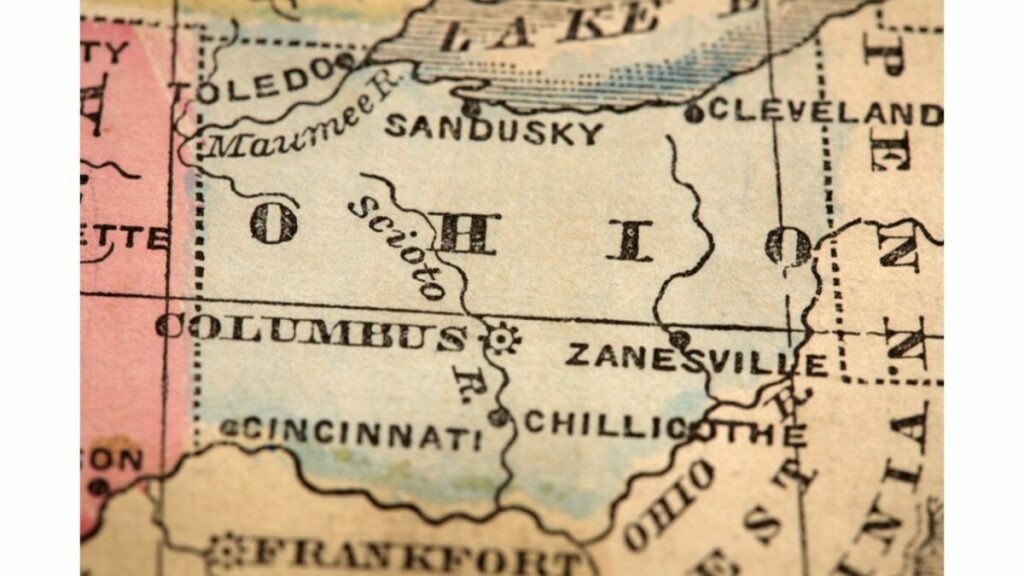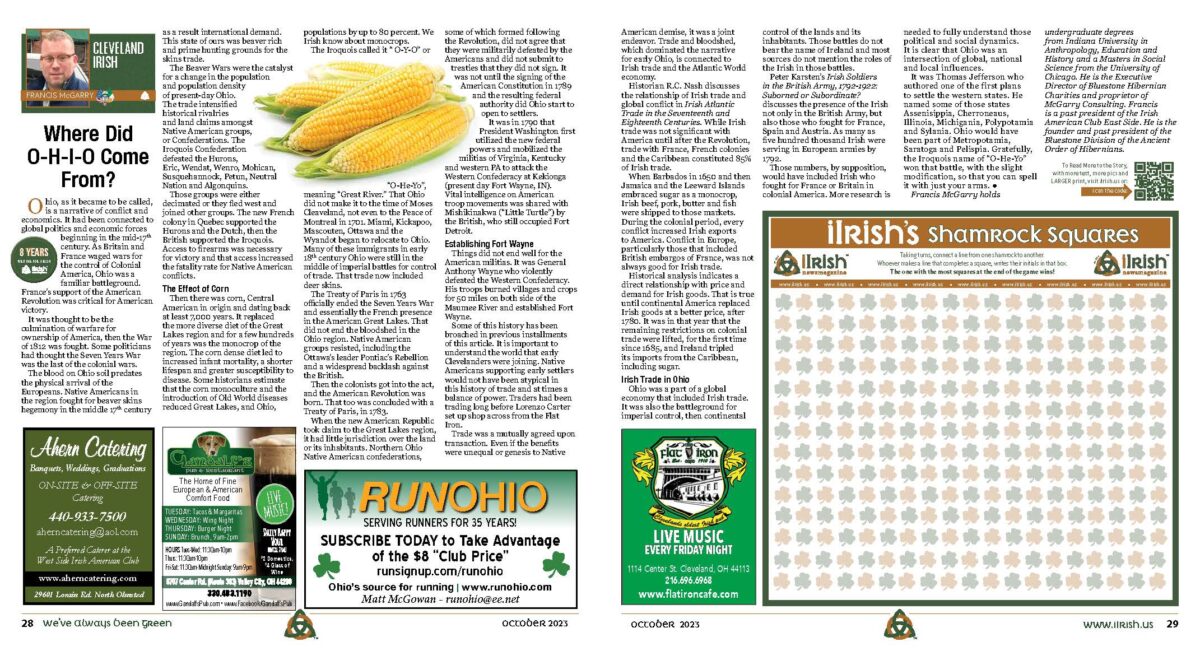

By Francis McGarry
Ohio, as it became to be called, is a narrative of conflict and economics. It had been connected to global politics and economic forces beginning in the mid-17th century. As Britain and France waged wars for the control of Colonial America, Ohio was a familiar battleground. France’s support of the American Revolution was critical for American victory.
It was thought to be the culmination of warfare for ownership of America, then the War of 1812 was fought. Some politicians had thought the Seven Years War was the last of the colonial wars.
The blood on Ohio soil predates the physical arrival of the Europeans. Native Americans in the region fought for beaver skins hegemony in the middle 17th century as a result international demand. This state of ours was beaver rich and prime hunting grounds for the skins trade.
The Beaver Wars were the catalyst for a change in the population and population density of present-day Ohio. The trade intensified historical rivalries and land claims amongst Native American groups, or Confederations. The Iroquois Confederation defeated the Hurons, Eric, Wendat, Wenro, Mohican, Susquehannock, Petun, Neutral Nation and Algonquins.
Those groups were either decimated or they fled west and joined other groups. The new French colony in Quebec supported the Hurons and the Dutch, then the British supported the Iroquois. Access to firearms was necessary for victory and that access increased the fatality rate for Native American conflicts.

Then there was corn, Central American in origin and dating back at least 7,000 years. It replaced the more diverse diet of the Great Lakes region and for a few hundreds of years was the monocrop of the region. The corn dense diet led to increased infant mortality, a shorter lifespan and greater susceptibility to disease. Some historians estimate that the corn monoculture and the introduction of Old World diseases reduced Great Lakes, and Ohio, populations by up to 80 percent. We Irish know about monocrops.
The Iroquois called it “ O-Y-O” or “O-He-Yo”, meaning “Great River.” That Ohio did not make it to the time of Moses Cleaveland, not even to the Peace of Montreal in 1701. Miami, Kickapoo, Mascouten, Ottawa and the Wyandot began to relocate to Ohio. Many of these immigrants in early 18th century Ohio were still in the middle of imperial battles for control of trade. That trade now included deer skins.
The Treaty of Paris in 1763 officially ended the Seven Years War and essentially the French presence in the American Great Lakes. That did not end the bloodshed in the Ohio region. Native American groups resisted, including the Ottawa’s leader Pontiac’s Rebellion and a widespread backlash against the British.
Then the colonists got into the act, and the American Revolution was born. That too was concluded with a Treaty of Paris, in 1783.
When the new American Republic took claim to the Great Lakes region, it had little jurisdiction over the land or its inhabitants. Northern Ohio Native American confederations, some of which formed following the Revolution, did not agree that they were militarily defeated by the Americans and did not submit to treaties that they did not sign. It was not until the signing of the American Constitution in 1789 and the resulting federal authority did Ohio start to open to settlers.
It was in 1790 that President Washington first utilized the new federal powers and mobilized the militias of Virginia, Kentucky and western PA to attack the Western Confederacy at Kekionga (present day Fort Wayne, IN). Vital intelligence on American troop movements was shared with Mishikinakwa (“Little Turtle”) by the British, who still occupied Fort Detroit.

Things did not end well for the American militias. It was General Anthony Wayne who violently defeated the Western Confederacy. His troops burned villages and crops for 50 miles on both side of the Maumee River and established Fort Wayne.
Some of this history has been broached in previous installments of this article. It is important to understand the world that early Clevelanders were joining. Native Americans supporting early settlers would not have been atypical in this history of trade and at times a balance of power. Traders had been trading long before Lorenzo Carter set up shop across from the Flat Iron.
Trade was a mutually agreed upon transaction. Even if the benefits were unequal or genesis to Native American demise, it was a joint endeavor. Trade and bloodshed, which dominated the narrative for early Ohio, is connected to Irish trade and the Atlantic World economy.
Historian R.C. Nash discusses the relationship of Irish trade and global conflict in Irish Atlantic Trade in the Seventeenth and Eighteenth Centuries. While Irish trade was not significant with America until after the Revolution, trade with France, French colonies and the Caribbean constituted 85% of Irish trade.
When Barbados in 1650 and then Jamaica and the Leeward Islands embraced sugar as a monocrop, Irish beef, pork, butter and fish were shipped to those markets. During the colonial period, every conflict increased Irish exports to America. Conflict in Europe, particularly those that included British embargos of France, was not always good for Irish trade.Historical analysis indicates a direct relationship with price and demand for Irish goods.
That is true until continental America replaced Irish goods at a better price, after 1780. It was in that year that the remaining restrictions on colonial trade were lifted, for the first time since 1685, and Ireland tripled its imports from the Caribbean, including sugar.

Ohio was a part of a global economy that included Irish trade. It was also the battleground for imperial control, then continental control of the lands and its inhabitants. Those battles do not bear the name of Ireland and most sources do not mention the roles of the Irish in those battles.
Peter Karsten’s Irish Soldiers in the British Army, 1792-1922: Suborned or Subordinate? discusses the presence of the Irish not only in the British Army, but also those who fought for France, Spain and Austria. As many as five hundred thousand Irish were serving in European armies by 1792.
Those numbers, by supposition, would have included Irish who fought for France or Britain in colonial America. More research is needed to fully understand those political and social dynamics. It is clear that Ohio was an intersection of global, national and local influences.
It was Thomas Jefferson who authored one of the first plans to settle the western states. He named some of those states Assenisippia, Cherroneaus, Illinoia, Michigania, Polypotamia and Sylania. Ohio would have been part of Metropotamia, Saratoga and Pelispia. Gratefully, the Iroquois name of “O-He-Yo” won that battle, with the slight modification, so that you can spell it with just your arms.
Find this column and others from the October 2023 issue here!

*Francis McGarry holds undergraduate degrees from Indiana University in Anthropology, Education and History and a Masters in Social Science from the University of Chicago. He is the Executive Director of Bluestone Hibernian Charities and proprietor of McGarry Consulting. He is a past president of the Irish American Club East Side and the founder and past president of the Bluestone Division of the Ancient Order of Hibernians.






Monthly newsmagazine serving people of Irish descent from Cleveland to Clearwater. We cover the movers, shakers & music makers each and every month.
Since our 2006 inception, iIrish has donated more than $376,000 to local and national charities.
GET UPDATES ON THE SERIOUS & THE SHENANIGANS!